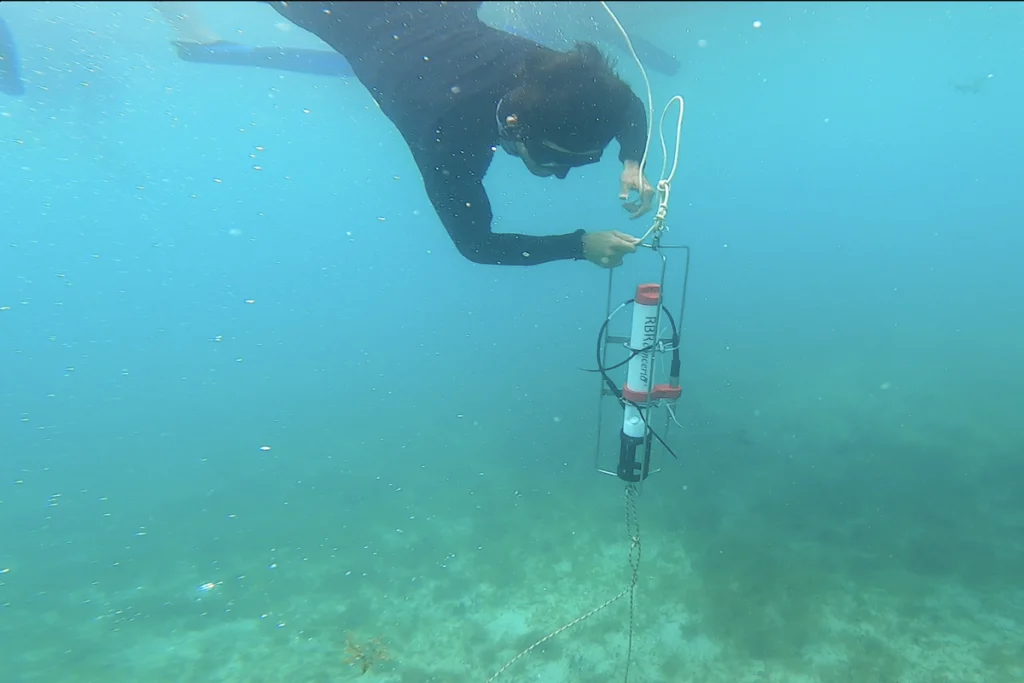Latest User stories
Understanding the glacier-ocean connection in Jones Sound: A multidisciplinary approach
Nestled between Ellesmere Island and Devon Island is Jones Sound, which is located in the rapidly and dramatically changing Canadian Arctic.…
Resolving spatial and temporal variations in estuarine gas flux
Estuaries are thought to be major players in the global carbon budget, acting as significant sources of carbon dioxide to the…
Constraining the dynamics of the Gulf of Urabá estuary and inspiring the next generation of Colombian scientists
Colombia’s Gulf of Urabá has historically been at the centre of many unanswered questions. The semi-enclosed tropical estuary is located in…
Characterizing coastline changes and coastal hazards in the Canadian Arctic community of Grise Fiord
Grise Fiord, located on Ellesmere Island in Nunavut, is the northernmost community in Canada’s Arctic and home to approximately 130 people.…
Evaluating the safety and efficacy of ocean alkalinity enhancement
Ocean Alkalinity Enhancement (OAE) may be a relatively safe way of storing CO2 in the ocean, potentially for thousands of years.…
Bridging local knowledge and scientific monitoring in coastal Nunatsiavut communities
The Arctic, a region greatly affected by climate change, is experiencing some of the highest rates of warming compared to the…






